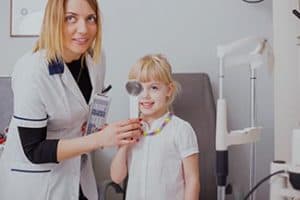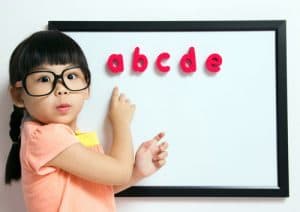A ‘sandwich’ is when pieces work better together, than each piece on its own … but what has this to do with vision therapy?
This blog has been adapted from ‘The Sandwich Approach to Vision Therapy and Strabismus’, on The VisionHelpBlog, Dr Leornard Press OD FAAO FCOVD, Nov 2019
Imagine eating each of these separately: a leaf of lettuce, a few spicy pickles, a meat or vegetarian patty, a spoon of ketchup, a sesame bun and then two slices of cheese? …. Probably not great!
However, when you combine all of these items into a hamburger – together they become one of life’s most delicious treats … that’s the ‘sandwich’ effect!
What do sandwiches have to do with vision therapy?
Dr. Nancy Torgerson, together with the surgeon Dr. Thomas Lenart, reports that the term “sandwich approach” seems to be gaining traction for the combination of vision therapy and strabismus (eye turn) surgery are found to boost clinical outcomes in certain cases.
The ‘sandwich’ approach might consist of vision therapy before surgery to optimize sensory readiness for motor fusion, and/or after the surgery to stabilize or safeguard binocular vision.
To date there have been isolated case reports in the literature on using sandwich approaches of combining optometric vision therapy to provide a more optimized outcome of strabismus surgery.
As an example, Northwest Eye Surgeons posts on its website: “The goal of strabismus treatment is to improve eye alignment so that the eyes work together (binocular vision). Treatment addresses the underlying cause and may include eyeglasses, eye exercises, prism therapy, vision therapy and/or eye muscle surgery….”
How does vision therapy work?
Vision therapy works by teaching the brain to blend the information from the two eyes.
Many times, vision therapy can even align the eyes without surgery.
In other cases, vision therapy is performed after surgery to help keep the eyes aligned and to further improve 3D vision, depth perception for sports, school, and driving.
In vision therapy programs various exercises are conducted to help the brain and eyes to improve eye coordination.
Strabismus affects not only how children and adults look, but see as well. Successful eye surgery along with vision therapy can help align eyes and create two-eyed depth perception for seeing the three-dimensional world.
A compendium from the Royal College of Ophthalmologists already notes the role of non-surgical exercises in the treatment of convergence insufficiency, distance esotropia and symptomatic phorias.
There are positive signs that eye doctors are appreciating the combination of vision therapy with strabismus surgery to deliver the optimum vision for patients … just one more ‘sandwich’ we can all enjoy!









